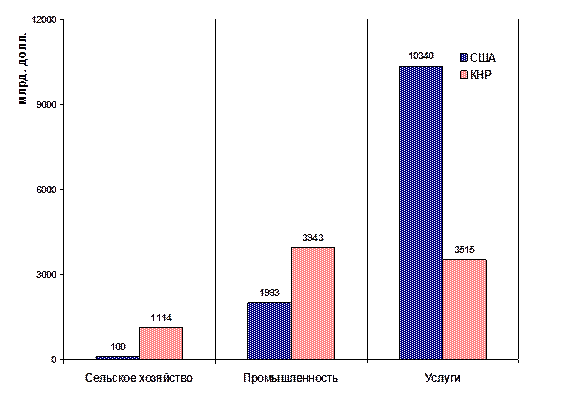To weave any material warp threads and weft
threads are needed. The warp is the longest part, the
part which is wound around the roller or folded. The
weft is the shorter part, running at 90° across the
warp. The spun warp threads are wound onto a giant
roller and the weft threads are woven into the warp
threads in different patterns for different purposes.
Plain
(Courtesy of SPSystems)
Each weft thread passes alternately under and over
each warp fibre. The resultant weave is symmetrical
with good stability and reasonable porosity.
However, because of the high level of crimp of the
fibres the mechanical properties are low compared
552 Repair of Vehicle Bodies
Reinforced composite materials 553
(Facing page)
Figure 16.24 Design consideration for reinforced composite mouldings (Owens-Corning Fiberglas). Designs
may incorporate large areas of sandwich construction with cores for vibration dampening, stiffening, thermal
inculation or flotation. The type of core material will depend upon the specific property required. Care must be
exercised to insure adequate adhesion between the laminate and the core material used. Unusual and acute
contours, expensive to cut in metal dies, are both practical and economical in fibreglass spray-up.
(a) Encased.Wood strips, plywood or metal stiffeners can be pressed into the part while wet and covered with
resin and reinforcement to anchor and protect from deterioration. Softwoods are normally used since
hardwoods are difficult to bond. Note: if stiffeners are added after cure, bonded surfaces should be sanded
to assure good adhesion.
(b) Separately fabricated fibreglass stiffeners can be pressed into layers to be reinforced while it is still wet.
While fibreglass adheres well to itself, additional spray-up is needed to tie into part.
(c) Integral. Light, low-cost forms (cardboard mailing tubes, folded cardboard, balsa wood) pressed into the
mould during spray-up give stiffening shape to fibreglass. Thickness of spray-up over the form should be at
least 3 mm. Exact thickness will depend upon strength and stiffness requirements of the part.
(d) Bolting flange. This can be made by cutting a section of a 13 mm laminate. This laminate can then be
tapped for studs or countersunk for cap screws. The assembly is then placed into a wet layer of spray-up
material. The flange can be strengthened by adding layers.
(e) Threaded coupling. A collar of expanded metal mesh (for coarse metal screen) is tack-welded to a threaded
pipe coupling. Then, this assembly is pressed into a wet spray-up layer and cover layers are added for
increased torque resistance. Large beads on the tack welds will act to ‘key’ the laminate to prevent twisting.
(f) Nailing or screw insert. Into a depression in the spray-up part, a shrink-resistant epoxy resin is cast to hold
nails or other mechanical fasteners. Mould surface in depression should be purposely left rough to give
maximum gripping to insert. Additional layers can then be sprayed over insert.
(g) Simple butt. When premoulded sheets are joined, edges are angled to give more bonding area. Then
laminate layers are built up in thickness on both sides to desired strength.
(h) Optimum appearance. For smooth surface a double-tapered joint cured between removable plates is required.
Slope of angle should be 8:1. Cellophane placed between plate and laminate will facilitate plate removal.
(i) The simple corner uses a premoulded sheet of Fibreglas reinforcement and resin. For strength, a wood or
metal angle may be incorporated or the butt itself carried around corner.
(j) Flanged edges bolted together require trim to hide joint. Though bolts are shown. Self-tapping screws or
rivets may be used to hold parts together.
(k) Built-up stiffeners incorporated in laminate may be cardboard, balsa, various foams, plastic, or sheet metal.
They should be designed to spread loads over wide area.
(l) Integral stiffeners are most easily incorporated as flanges at a joint to provide dual function. Pads or gussets
are desirable where stiffeners intersect a flat, flexible area.
(m) Lapped sections are held in place mechanically with adhesive or wet resin between sections as seal. Trim
hides edges. Fastening device may be bolts, screws or rivets.






